What Is Bond Breaker?
Important Point
In the modern construction industry, the term “prefabrication” or “precast” holds a significant value. Concrete elements are generally of two types; those are Precast and cast-in-situ construction.
If the Precast construction, the concrete is cast at a place other than the site, which is when required, are brought to the site using conveying equipment, such as cranes, and are placed.
In cast in situ construction, the concrete casting is done at prefabricated shops which join together with the old concrete surface, and once the concrete is poured, they become inseparable.
Thus bond breaker is used to prevent cracks, which may appear in concrete surfaces due to temperature fluctuations.
- Bond breakers are also used in breaking the bond between substrate and waterproofing membrane system, thus forming an adjustable bridge, resisting the movement of the water or moisture.
- Often a time, the importance of bond breaker as an inseparable part of the waterproofing system is being overlooked.
- If a bond breaker is not applied before the installation of a waterproofing membrane system, there are high chances that the membrane will wear and tear, forming holes, which would allow moisture into the substrate below, rendering the whole purpose of waterproofing system pointless.
- They are also used to resists shrinkage cracks, which may appear on the concrete during casting, due to the unexpected evaporation of water from the concrete surface.
Also, Read: Difference Between One Way Slab and Two Way Slab | What is Slab
Purpose of Providing Bond Breaker
There is numerous purpose that a bond breaker should be provided on a surface, some of which are:
Dynamic, working, or lifting load is the force that will be applied to the linear actuator while it is in motion.
Static load, also called the holding load, is the force that will be applied to the linear actuator when it is not in motion.
- The primary purpose of providing bond breaker in the surface is to reduce the dynamic loads acting on when the member is lifted.
There are two types of loads which generally works in concrete member(based upon nature) Static and Dynamic loads.
Static loads are which, who’s value is constant, and the amount of the dynamic loads, continually changes. Wind loads which act on lifting a precast member, are an example of dynamic loads.
When bond breakers are applied on a surface it substantially reduces the dynamic loads’ acts on the concrete, and also enables stripping of concrete members and permits their clean separation from casting slabs or moulds.
- Many a time, while casting a concrete member, in prefabricating shops, cracks may appear due to the temperature and moisture fluctuations, depending upon the atmospheric condition.
This cracks may take from as simple hair cracks, which with time, propagates, eventually leading to failure of the concrete member.
When bond breakers are applied to the concrete surface, it eventually joins together with the old concrete surface and once the concrete is poured, they become inseparable.
Thus bond breaker is used to prevent cracks, which may appear in concrete surfaces due to temperature fluctuations.
- Bond breakers are also used in breaking the bond between substrate and waterproofing membrane system, thus forming an adjustable bridge, resisting the movement of the water or moisture.
Often a time, the importance of bond breaker as an inseparable part of the waterproofing systemise being overlooked.
If a bond breaker is not applied before the installation of a waterproofing membrane system, there are high chances that the membrane will wear and tear, forming holes, which would allow moisture into the substrate below, rendering the whole purpose of waterproofing system pointless.
- They are also used to resists shrinkage cracks, which may appear on the concrete during casting, due to the unexpected evaporation of water from the concrete surface.
Also, Read: What Is Structural Settlement | Causes For Structural Settlement | What Is Soil Settlement & Foundation Structural Settlement
Materials Used in Bond Breaker
In the modern construction industry, as the technology upgraded, a wide variety of bond breaker materials have been introduced. Bonds breaker materials are generally classified into several forms, they are
- Liquid.
- Spray.
- Rods.
- Tape.
#1. Liquid-
Liquid bond breakers are widely used nowadays as a significant bond breaker materials. In some countries, petroleum-based materials have been in use.
Still, these chemicals also dramatically affect the characteristics of the concrete members, so this compound is not known in all countries.
#2. Spray-
Not very much in use. Liquid bond breakers are preferred over bond breakers in spray form.
#3. Rods-
Many a time, rods with a coating of certain chemical compounds, wife mesh, have been used as a bond breaker.
Not very much in use in the modern construction industry, due to the lack of professional knowledge and lack of evaluation of side effects.
#4. Tape-
They are also used widely. I have covered this topic, under “what is bond breaker tape “portion in the following.
Wax is also a popular bond breaker material which is being used by many countries. Although the use of it includes certain drawbacks, it is still popular as a significant bond breaker material.
What Is Concrete Bond Breaker?
- A bond breaker is a substance applied to concrete surfaces to guarantee that there is permanent bonding between the surfaces.
- Bond breakers are normally used on tilt-up walls and precast segments to ensure the right pieces are cast together.
Types of Concrete Bond Breaker
The bond breakers can be broadly classified into two categories, such as
- Membrane-Forming Bond Breaker.
- Non-Membrane Forming Bond Breaker.
1. Membrane-Forming Bond Breaker
This type of bond breaker holds water into the casting slab. Whenever a casting of the slab is done, it requires an adequate quantity of water, so that the chemical reaction between cement and water can progress uninterruptedly.
Many time, due to evaporation and due to different atmospheric condition, there is a lack of water.
To prevent that for precast slabs, membrane-forming bond breakers are applied so that it can hold up the water, necessary for the chemical reaction. This type of bond breakers is made of crude resins.
2. Non-Membrane Forming Bond Breaker
This type of bond breaker is opposite to that of the previous one. This type of bond breaker does not form a membrane which can hold up the water.
Non-membrane forming bond breakers are sub-divided into two categories
- Reactive.
- Non Reactive.
#2.1. Reactive-
- This type of bond breaker will react with water and form a crude soap
#2.2. Non-Reactive-
- This type of bond breaker will interact with the concrete surface and will create a waterproof film.
Also, Read: What Is Foundation | What Is Purpose of Providing Foundation | Types of Foundation
What is Bond Breaker Tape?
Bond breaker tape is self-adhesive polyutherene tape, having black colour, which has comfortability hugely to irregular surfaces. Bond breaker tapes are used for isolating sealant and eliminating sealant adhesion to concrete and metal. Bond breaker tape stops the sealant from adhering to the surfaces and prevents the three-sided adhesion.
To prevent the sealant from adhering to the surfaces, bond breaker tape is applied along the whole width/length of the base of the joint.
Bond breaker tapes are available in following width:15mm, 20mm, 25mm, 50mm.
Also, Read: 10 Best Cement Companies In India
Advantages of Concrete Bond Breaker
- Bond breaker tape reduces the amount of time to move loads. As the dynamic loads are substantially decreased, it takes less time as well as less effort to carry a heavy load from one point to another.
- Bond breaker can be reused multiple times, which makes it a very cost-effective material for precast elements.
- It preserves the characteristics of the concrete surface, allowing them to painted or modified using different architectural components, thus making the precast elects, visually appealing.
- Bond breaker does not affect the adhesion of epoxy (if applied), adhesive, and floor finishes.
Bonding Concrete to Existing Concrete
- A bond breaker literally breaks the bond between the substrate and waterproofing membrane to create an elastic ‘bridge’ that can stretch as buildings flex and move.
- The bond breaker is applied in joints where walls meet floors or two walls meet in a corner. They are also used over movement joints.
Bond Breakers
A bond breaker is a substance applied to concrete surfaces to guarantee that there is permanent bonding between the surfaces. Bond breakers are normally used on tilt-up walls and precast segments to ensure the right pieces are cast together.
Bond Breaker Concrete
A bond breaker is a substance applied to concrete surfaces to guarantee that there is permanent bonding between the surfaces. Bond breakers are normally used on tilt-up walls and precast segments to ensure the right pieces are cast together.
What Is Bond Breaker Tape?
Bond breaker Tape is black self adhesive polyethylene tape that has excellent conformability to irregular surfaces. To prevent the sealant adhering to the base surface or filler board, apply Bond Breaker Tape along the whole width / length of base of the joint.
Best Bond Breaker for Concrete Slabs
When it comes to choosing the best bond breaker for concrete slabs, there are a few different options available. The choice of bond breaker depends on the specific requirements of the project, such as the type of concrete being used, the conditions of the slab, and the intended application. Here are some commonly used bond breakers for concrete slabs:
- Polyethylene Sheeting
- Wax-Based Bond Breakers
- Petroleum-Based Release Agents
- Water-Based Release Agents
Industrial Bond Breaker Suppliers
- ADCO.
- DuPont.
- Marcy Adhesives.
- Silco.
- Tytan.
- Valley Industrial Products.
Effective Bond Breaker Techniques for Construction
Effective bond breaker techniques are essential in construction to prevent unwanted adhesion between different building elements, such as concrete slabs, walls, and joints. Here are some commonly used bond breaker techniques that can help ensure proper performance and prevent bonding issues:
- Polyethylene Sheeting
- Formwork Treatment
- Joint Backer Rods
- Masking Tapes
- Chemical Release Agents
Bond Breaker for Epoxy Flooring
When it comes to epoxy flooring installations, the use of a bond breaker is crucial to prevent adhesion between the substrate and the epoxy coating. A bond breaker ensures that the epoxy remains separate from the underlying surface, allowing for proper curing and minimizing the risk of delamination. Here are some commonly used bond breaker options for epoxy flooring:
- Polyethylene Sheeting
- Wax-Based Bond Breakers
- Tape or Masking
- Release Agents
Non-Toxic Bond Breaker for Masonry Projects
When it comes to masonry projects, a common challenge is finding a non-toxic bond breaker to prevent adhesion between concrete surfaces. While there isn’t a specific product that can be universally recommended as a non-toxic bond breaker for all masonry applications, there are a few options you can consider:
- Vegetable Oil
- Mineral Oil
- Wax-Based Bond Breakers
Concrete Bond Breaker
A bond breaker is a separator substance applied in between adjoining solid surfaces to ensure that there is no adhesive molecular bond between the surfaces. Bond breakers are commonly used for tilt-up walls and precast segments so that the right pieces are cast together.
What Is Bond Breaker Tape Used For?
Way to break the bond of sealant between the cement joints. The tape does not allow the sealant to adhere to the tape backing allowing the sealant joint to only adhere to the two cement sides.
Bond Breaker Waterproofing
The principle of a bond-breaker system is to cater for building joint movement without breaching the waterproofing membrane. The Objective: is to maintain the waterproofing membrane system so that it remains an impervious barrier to liquid or water.
Bond Breaking Compound
A compound that can break chemical bonds is typically referred to as a “bond-breaking compound” or a “bond cleavage agent.” There are various chemical compounds and reactions that can be used to break specific types of bonds. Here are a few examples:
- Acidic Compounds
- Oxidizing Agents
- Reducing Agents
- Photolysis
- Homolytic Cleavage
Bond Breaker Strips
Bond breaker strips, also known as bond-breaking tapes or release tapes, are materials used in construction and concrete applications to prevent the adhesion of two adjacent surfaces. These strips are typically placed between concrete elements, such as slabs, to create a deliberate gap or space that allows for movement, expansion, or contraction without causing damage.
What Is a Bond Breaker in Waterproofing?
Bond breakers are used to break the bond between the substrate and the waterproofing membrane, forming an adjustable bridge, which resists the movement of water or moisture. Bond breakers minimize the varying dynamic loads on the precast components during their lifting and stripping from the casting molds.
What Is a Bond in Construction?
A construction bond is a form of protection for the owner against non-payment, lack of performance, company default, and warranty issues. Construction bonds are also known as contract bonds, because they guarantee that the bond holder will fulfill the terms of the contract.
What Is in Concrete?
To make concrete a mixture of portland cement (10-15%) and water (15-20%) make a paste. This paste is then mixed with aggregates (65-75%) such as sand and gravel, or crushed stone. As the cement and water mix, they harden and bind the aggregates into an impenetrable rock-like mass.
Like this post? Share it with your friends!
Suggested Read –
- Nail Vs Screw | What Are Nail | What Is Screw
- Difference Between CPM and PERT | What Is CPM & PERT
- Top 10 Companies for Environmental Engineers to Work For
- Difference Between One Way Slab and Two Way Slab | What is Slab
- How is Concrete Made | What is Concrete | Components of Concrete | How to Mix Concrete
- What Is Roller Compacted Concrete | Advantages & Disadvantages Roller Compacted Concrete
Originally posted 2023-05-26 16:35:09.
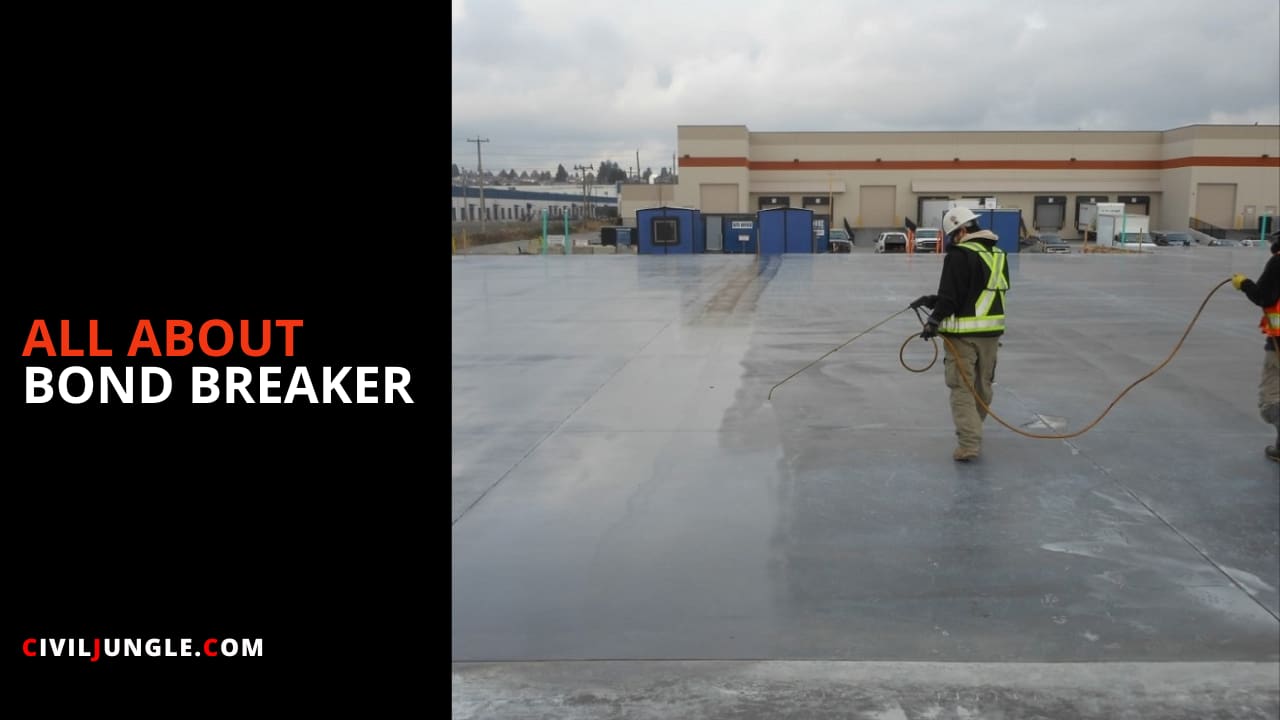
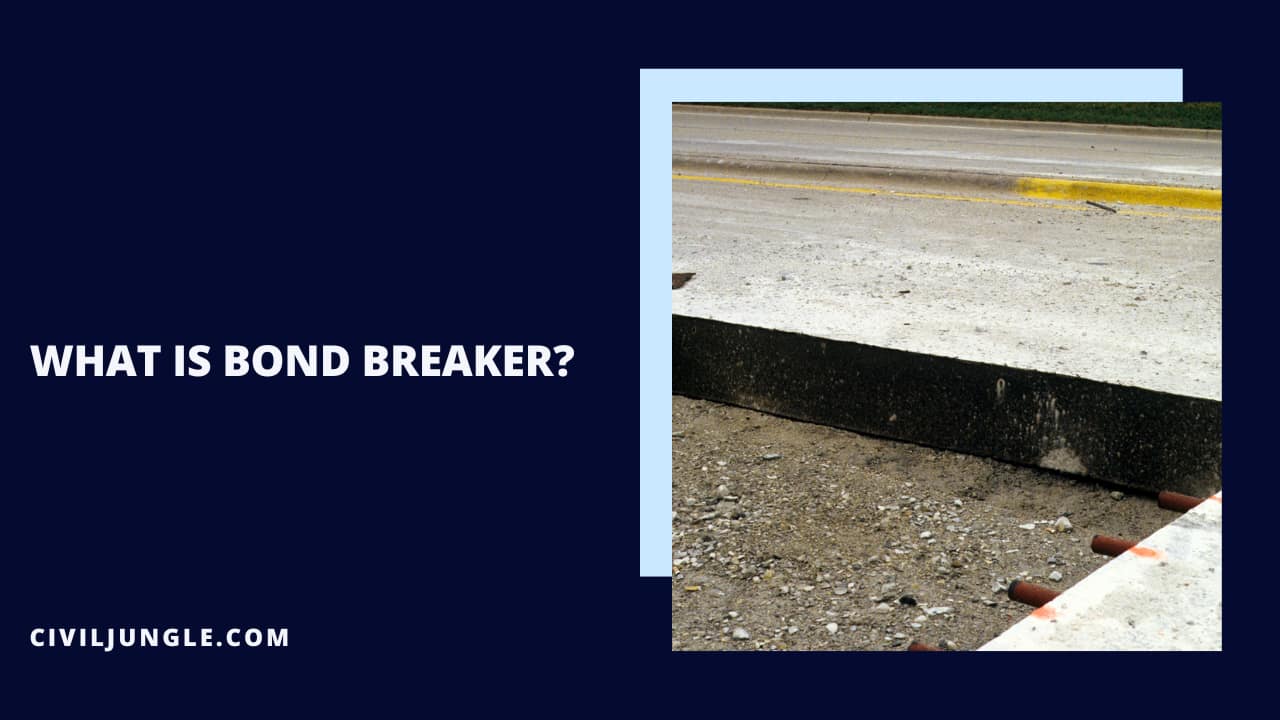
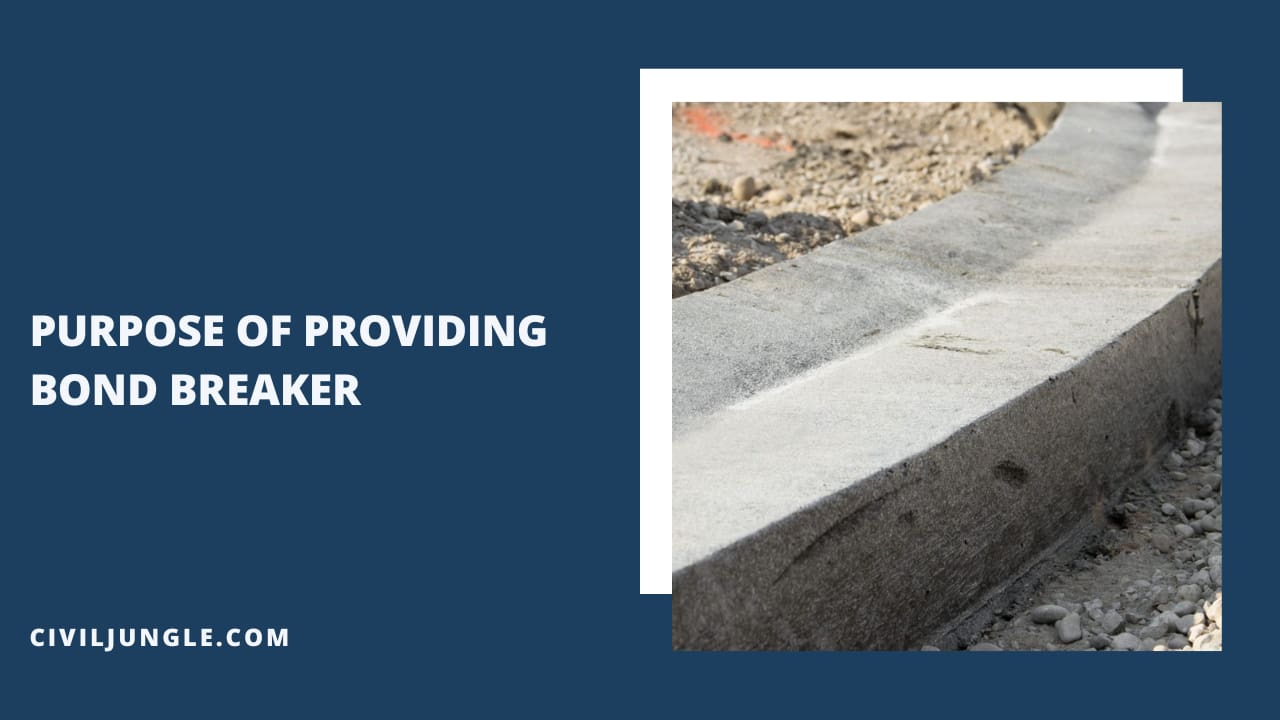



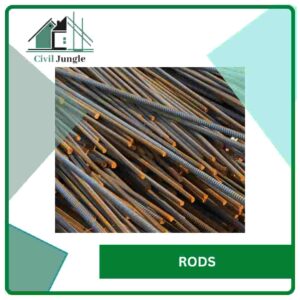
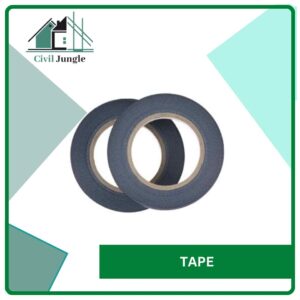
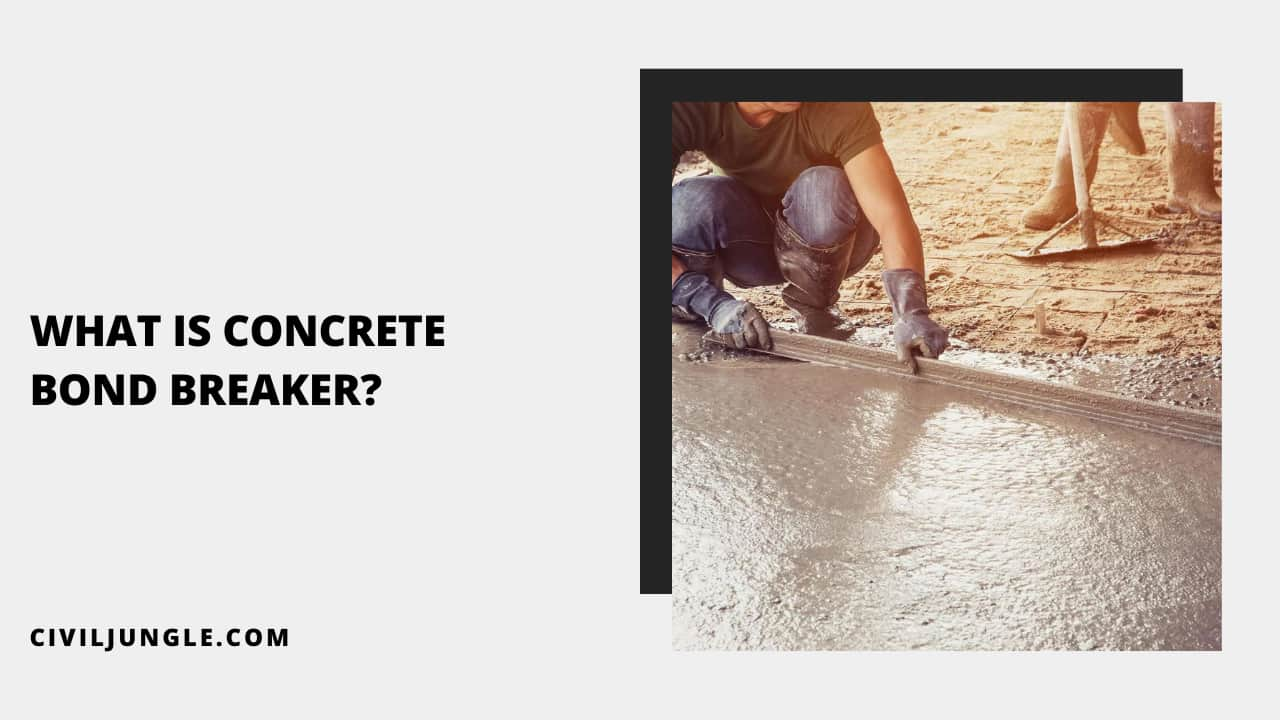
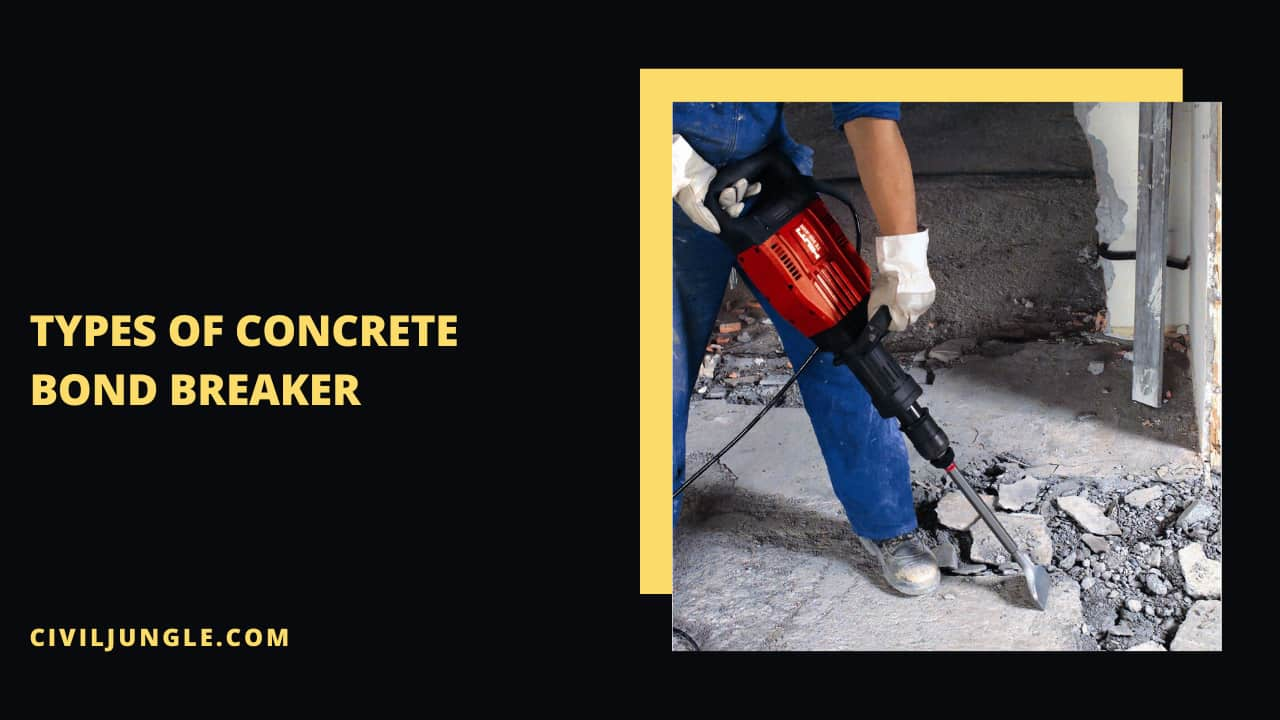
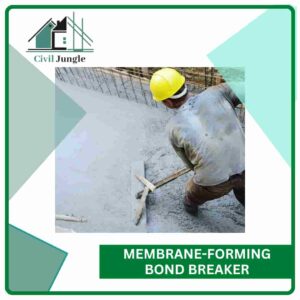
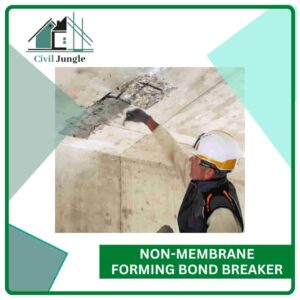
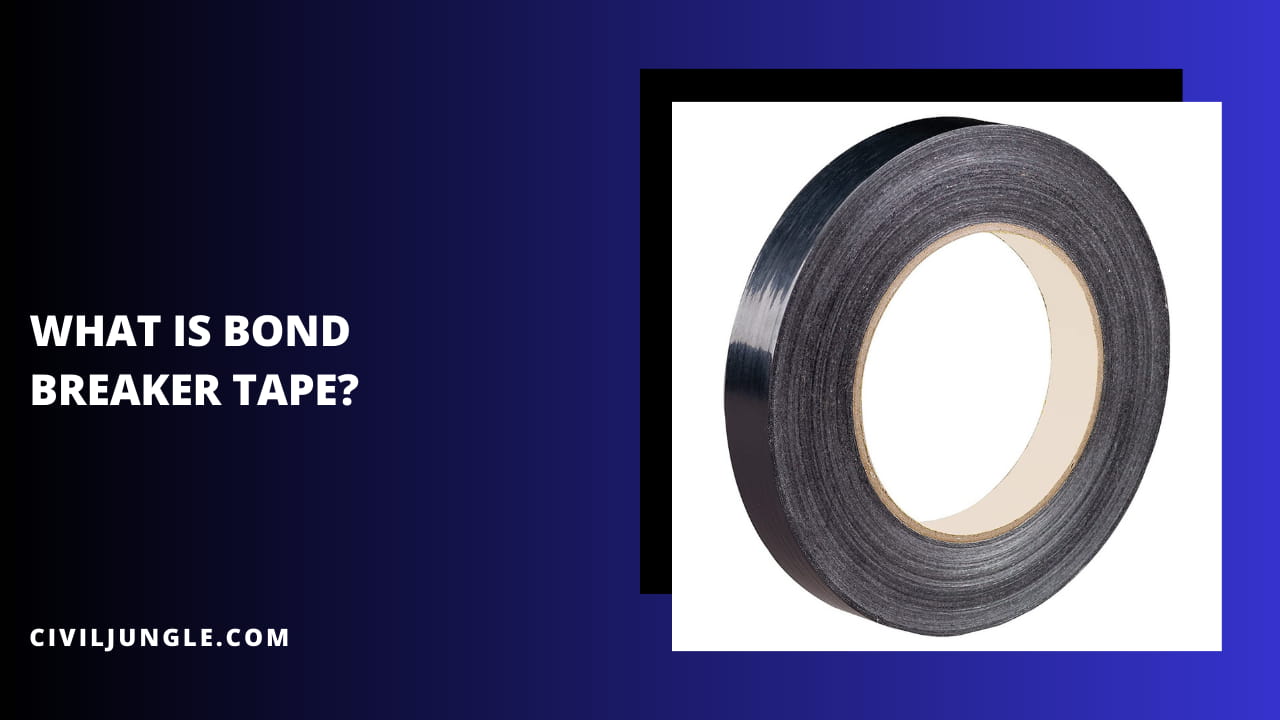
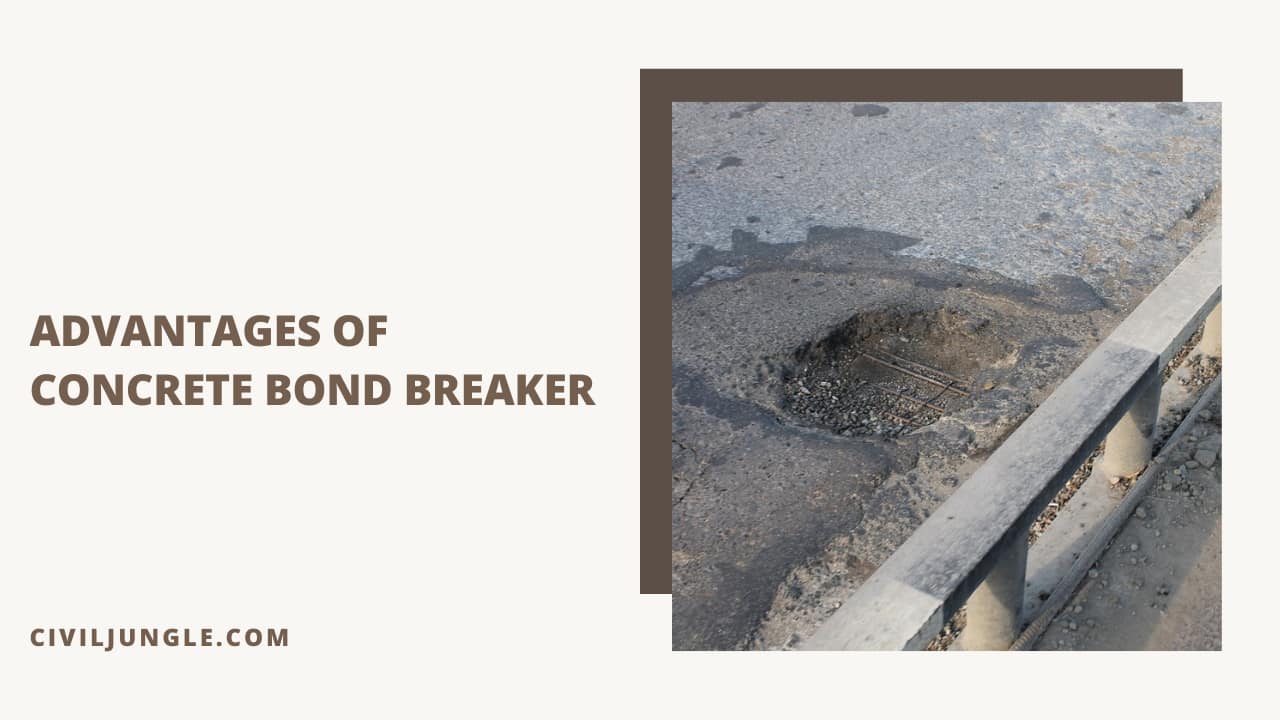
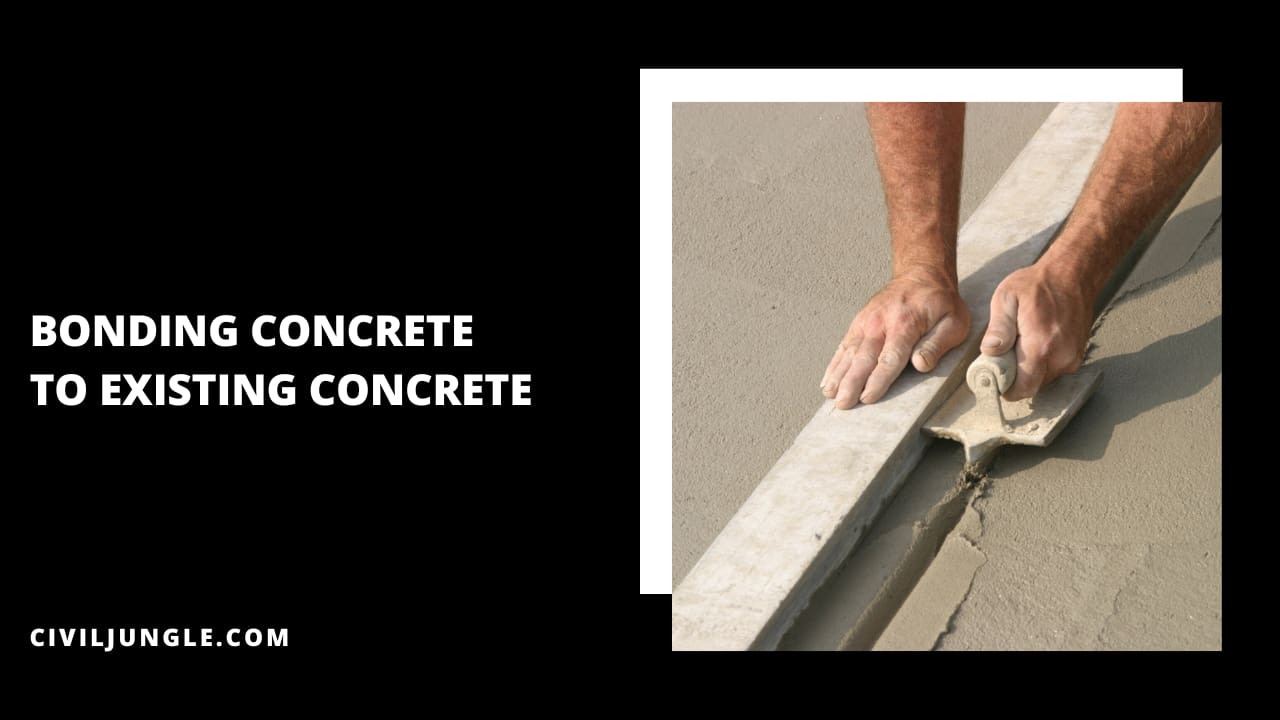

Leave a Reply